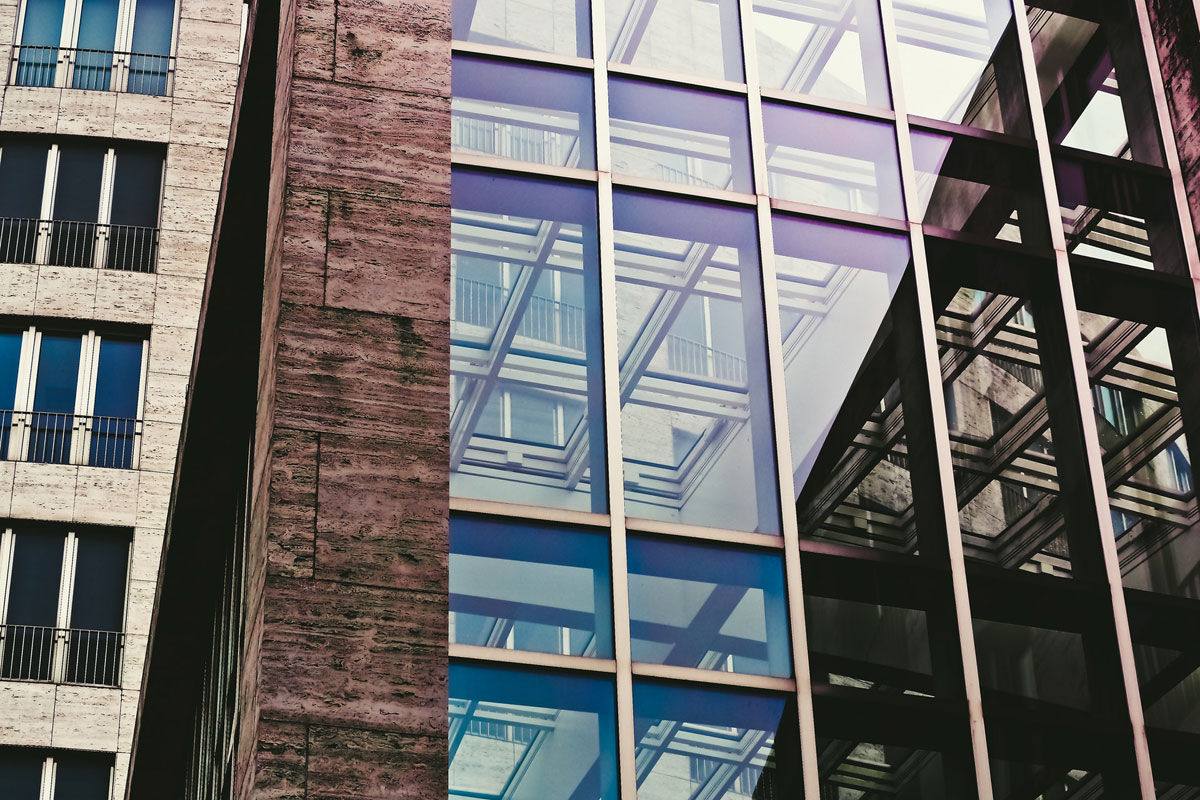Mercury Glass is committed to supplying the Australian and New Zealand glass industries with the most innovative glazing solutions to meet the most challenging contemporary building designs. Be it to achieve exceptional energy performance or structural glazing requirements, Mercury Glass will manufacture or source specific products customised for individual projects. Mercury Glass offers unrivalled flexibility to meet any requirements.
Stock Products
Stock Products
Stock Products
Stock Products
Stock Products
Stock Products
Low E Glass
Glass is one of the most popular and versatile building materials used today, due in part to its constantly improving solar and thermal performance. One way this performance is achieved is through the use of passive and solar control low-e coatings.
Low-e is standard clear or tinted glass which has a special coating on one surface of the glass. Low-e refers to low emissivity and this describes the capacity of a surface to radiate heat. Emissivity is measured across a scale from 0 to 1 with 1 representing the highest emissivity.
Low-e coatings provide various performance levels and the glass can be used in a variety of ways including single glazing, laminated glass or insulated glass units. Mercury Glass stock and processes a wide range of hard coated Low E glass, in annealed laminated and toughened. In addition to this we source a variety of project specific Low E products that are incorporated into custom laminate and IGU make-ups from our certified manufacturing partners.


The Benefits of Low-E Glass
Low-e glass can reduce the amount of heat that is conducted through the glass by around 30% compared to ordinary glass. Low-e glass further improves thermal efficiency by cutting glare and preventing damage to interior furnishing caused by ultra-violet rays.
Newer generation low-e often uses laminated and toned glass combinations to provide superior performance over non-coated glass. The most comprehensive solution is found by combining a low-e coating within an insulated glass unit (IGU). Using an IGU incorporating a low-e coated product into a suitable frame can stop up to 70% of heat loss and 77% of heat gain when compared to standard 3mm glass.

Hard / Soft Coat Low-E Glass
There are two types of low-e glass: hard coat (online) or soft coat (offline). Hard coat low-e glass is made by coating the glass during the original manufacturing process with a thin metallic oxide layer, effectively welding it to the glass surface. Soft coat low-e glass, or sputter coating, is applied to glass that has already been formed. The glass enters a vacuum chamber filled with an inert gas which is electrically charged. The electricity combined with the vacuum allows molecules of metal to sputter onto the glass. This process provides the highest level of performance and a nearly invisible coating.
Hard coat low-e glass is the more common variety. It is durable and difficult to scratch and can be used for single-glazed applications. On the down side, it has higher U-values compared to soft coat low-e glass, and slightly higher haze levels. Soft coat low-e glass, on the other hand, is less common, and allows more visible light in with less visible haze. Its ultra-low emissivity also gives excellent U-values. The down side of soft coat low-e glass is that it must be incorporated into an IGU, and that there can be slight colour variations. Soft coat is less durable than hard coat Low-E coatings and have been developed to minimize the amount of ultraviolet and infrared light that can pass through glass without compromising the amount of visible light that is transmitted.






CUSTOM
LAMINATE


